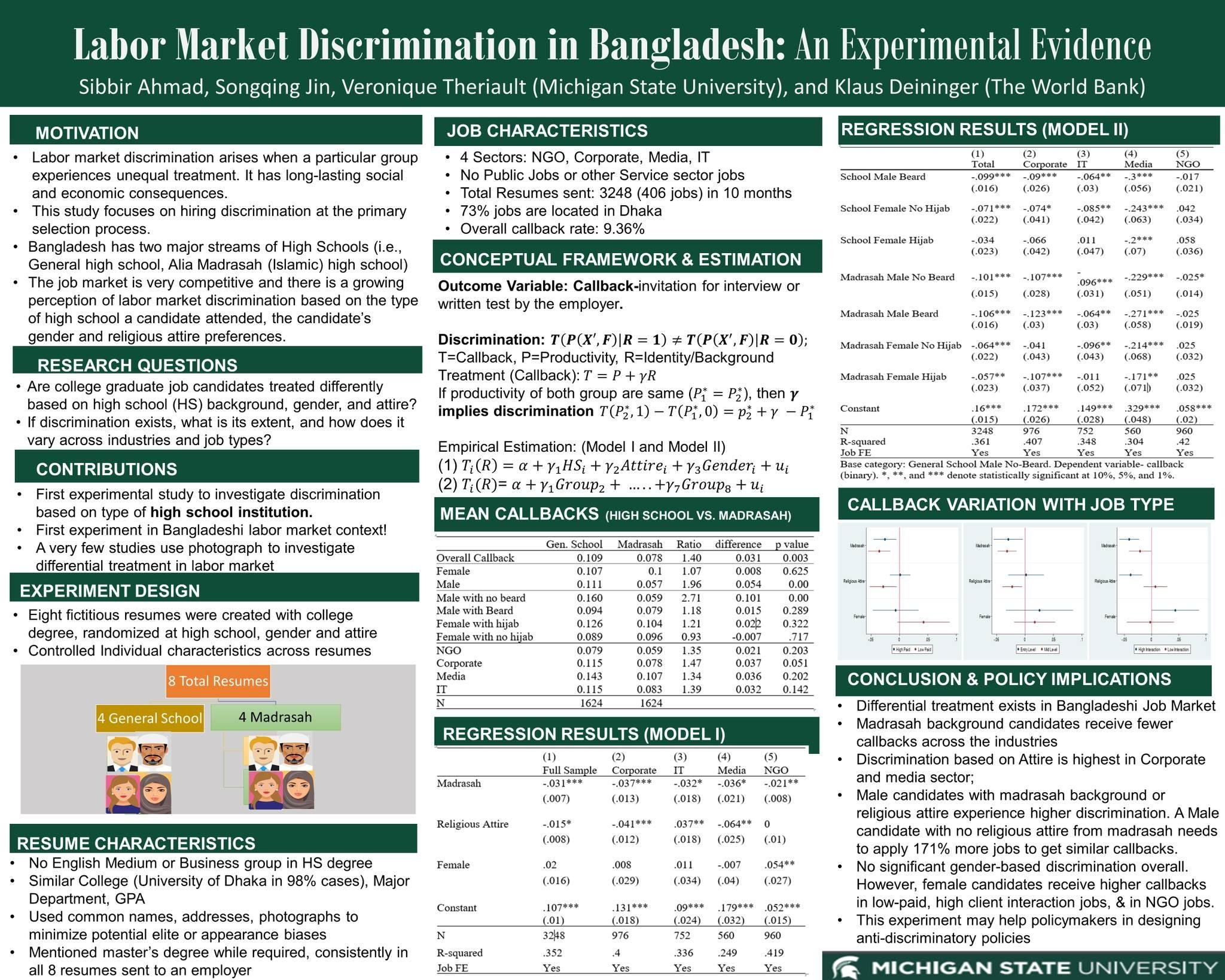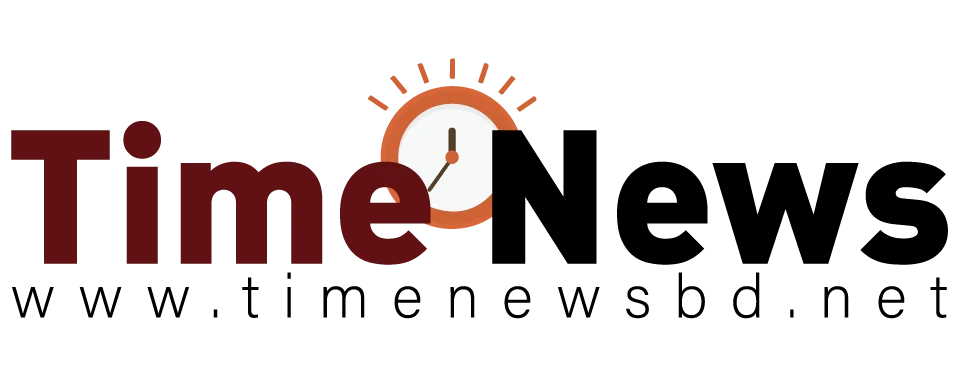Gender and religious dress discrimination in Bangladesh job market
Share on:

Graduates from Dhaka University with a Madrasa background faced discrimination even when all other qualifications were equal. Male candidates from madrasah backgrounds, without any religious symbols like a beard and cap, needed to apply to at least 171% more job positions to receive a similar number of interviews calls as their counterparts from general school backgrounds
Time Digital Report: The Dhaka University graduates with madrasah backgrounds face discrimination in job market even if all other observed characteristics are equivalent compared to their counterparts with general high school backgrounds. Candidates also experience discrimination due to religious dress, says a study conducted by researchers from Michigan State University and the World Bank.
Although the study showed there was significant improvement in reducing gender-based discrimination in Bangladesh, female candidates still get higher callback for low paying jobs.
The study titled "Labor Market Discrimination in Bangladesh: An Experimental Evidence from the Job Market of College Graduates" has unveiled this discrimination in Bangladeshi labor market.
The study findings were recently presented at the conference in Washington, D.C. The research team, led by Michigan State University's Applied Economics PhD candidate Sibbir Ahmad, along with Professor Songqing Jin, Dr. Veronique Theriault, and the Lead Economist of the Development Research Group of World Bank, Dr. Klaus Deininger.
To conduct the experiment, the researchers prepared eight fictitious resumes (CVs) of four male and four female candidates, all with at least an undergraduate degree from Dhaka University.
Among the male candidates, two had a general high school background, and two had a madrasah background. Within each male and female group, one candidate wore religious attire such as beard-cap or hijab, and one did not.
All other observed characteristics, such as high school degree results, academic major and results, professional and leadership experiences, language, and IT skills, were kept similar. The study sent 3248 resumes to 406 job positions posted in BDjobs and other sites to NGOs, corporations, media, and IT sectors for a duration of 10 months, and the researchers recorded the callback rates for interviews or written tests. This allowed them to assess if discrimination existed based on the candidates' high school background, religious attire, or gender.
The study wanted to see if an employer systematically discriminates among candidates in the primary selection process based on any characteristics of the candidates.
The study revealed that graduates from Dhaka University with a Madrasa background faced discrimination even when all other qualifications were equal. Male candidates from madrasah backgrounds, without any religious symbols like a beard and cap, needed to apply to at least 171% more job positions to receive a similar number of interviews calls as their counterparts from general school backgrounds. This discrimination exists in all four sectors studied.
Discrimination was also observed based on religious attire. Candidates wearing a beard & cap or hijab faced varying degrees of discrimination. Male candidates with beards faced more discrimination than female candidates wearing hijabs. Among the sectors studied, media and corporate sectors showed the highest discrimination based on religious attire, while the IT sector exhibited no bias based on religious attire.

Gender-based discrimination was not as prominent, and in certain job sectors like NGOs, female candidates were often preferred. While there was no significant gender-based discrimination overall, female candidates faced more preference in lower-paying positions and positions that requires high client-interactions.
This research highlights the presence of discrimination in Bangladesh's job market based on high school background, religious attire, and, to some extent, gender. It sheds light on the challenges faced by candidates from different backgrounds and emphasizes the need for creating an inclusive and fair job market.
Although there is a general perception of discrimination in the job market of Bangladesh based on high school institution a candidate attended, their religious attire preference, and gender, but no research evidence was available. This study marks the first instance of providing empirical evidence of discrimination in the country and the first at a global level to investigate discrimination based on high school backgrounds.
The correspondence experiment approach employed in this study is commendable and a standard technique to objectively study hiring discrimination. Such methods have been utilized in various countries, including the United States, to investigate discrimination based on factors like race, gender, religion, nationality, and others.
The research team hopes that policymakers in Bangladesh will utilize the findings of this study to address and mitigate discrimination in the job market by adopting appropriate anti-discrimination policies while comprehensive policies and awareness are essential to eliminate discrimination, removing the practice of mentioning photographs, SSC/HSC, or equivalent degrees in the resume of university graduates' job applications could reduce discrimination in the primary selection process. Discrimination has long-lasting socio-economic consequences. Selecting candidates based solely on qualifications can significantly contribute to the country's economic development.
It is worth mentioning that the research meticulously controlled for various characteristics that might introduce bias in the results. Parity between high schools and madrasas, as well as major study groups for SSC/HSC degrees, was maintained to ensure fair comparison. The candidates' names, addresses, and photographs were presented in a manner that avoided creating biases based on socio-economic backgrounds. Their experiences, results, co-curricular activities, and other skills were also kept equal.
Moreover, for jobs where proficiency in the English language is essential, all candidates were considered to have the same IELTS score, ensuring that everyone's English skills were perceived as equal. The skills and qualifications required for each job were presented in a standardized manner to avoid any impression of overqualification or underqualification.
The researcher can be reached through the email: [email protected]

